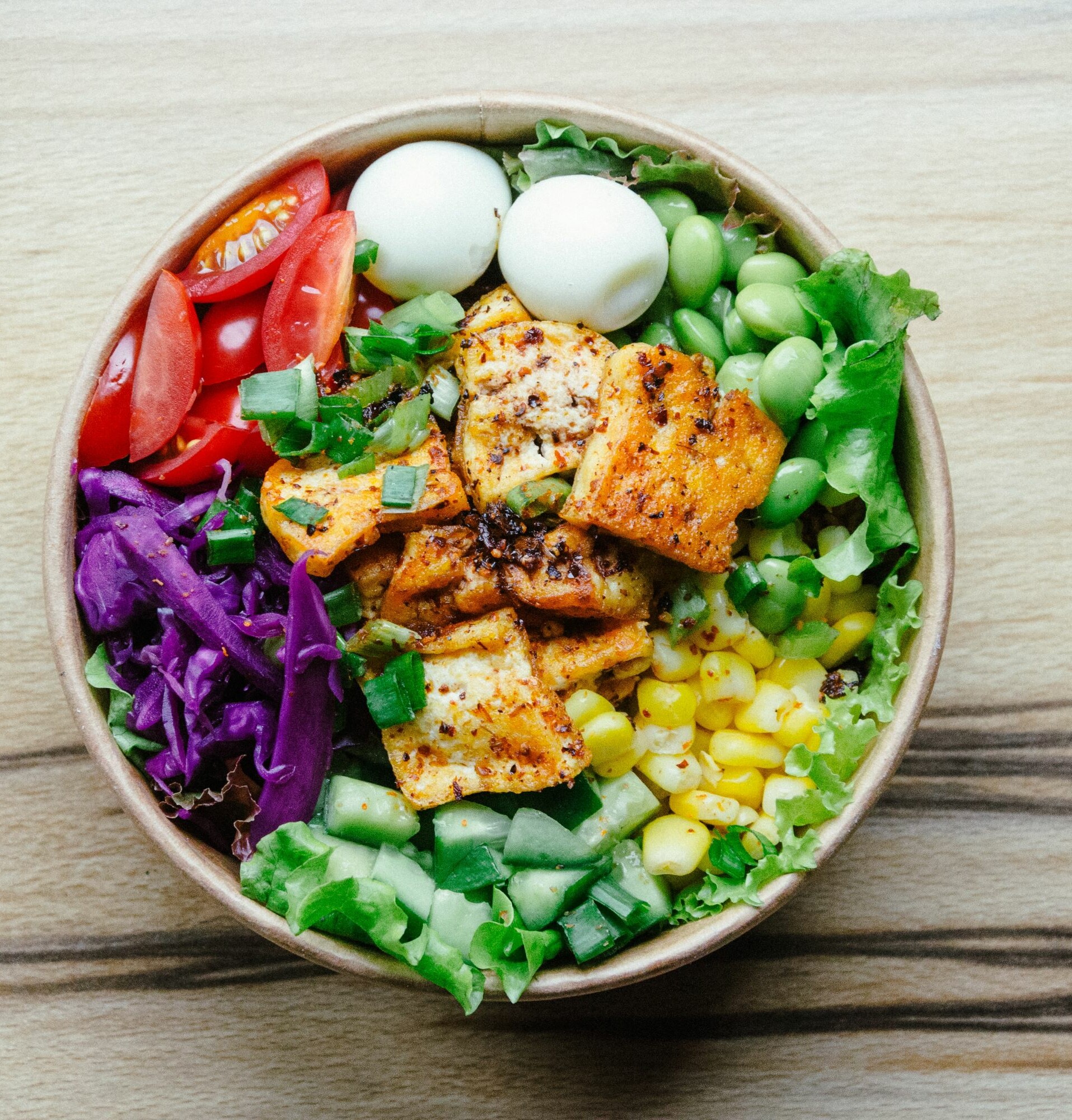‘Meat alternatives’ is a very general term that refers to non-meat products that try to simulate animal whole-muscle meat in texture, flavour, and appearance. It can take on many forms such as burger patties, sausages, and nuggets.
The rise of meat alternatives
Meat alternatives aren’t a new addition to mankind’s repertoire of foods. Tofu, a well-known dish originating in China, is often used as a meat alternative. Chinese foodmakers were already creating meat alternatives as far back as the 1500s. However, the culture around meat alternatives didn’t start to fully blossom until the 1960s.Fast forward 40 years and in 2002, Burger King became the first major fast food restaurant to serve a veggie burger on its menu.
The major recent driving force behind meat alternatives has been the rising popularity of the vegan movement. Apart from the ethical issue of killing animals, there are a myriad of other reasons put forward for why the world should reduce natural meat consumption:
- The mass farming of animals for meat produces a large amount of pollution.
- Large amounts of meat consumption raises the risk for obesity, cancer, and heart disease.
- Cattle grazing can lead to a loss in biodiversity.
The argument is that the problems that are caused indirectly by natural meat consumption can be avoided by eating meat alternatives and that there are proper scientific reasons to find ways to produce better meat alternatives and decrease overall meat consumption.
How are meat alternatives traditionally made?
Meat alternatives are generally produced using plants. In order for meat alternatives to be successful, they need to mimic natural meat as closely as possible. How do you make a plant-based product taste and smell like meat? Texture plays a much larger role in how we taste things than we may give credit. Meat and plants feel quite different, and that’s due to their proteins. There is a workaround though. Using a process called high-moisture extrusion, producers can heat up and physically change the shape of the proteins so that they’re similar to those in meat.
Another method is to use proteins from fungi such as mushrooms. This works, because fungi are more similar to animals than plants are. This method is not as common, but it is an effective method. Why isn’t it as common? Firstly, it’s a much younger method, but it also doesn’t provide as much of a wide array of nutrients as plants do. Other protein sources include algae and insect proteins.
The future of meat alternatives
While plant- and fungi-based meat alternatives are popular among those who are willing to eat them, it is not enough to put a dent into the large-scale repercussions of meat farming. In order to convince more people to eat meat alternatives instead of natural meat, the alternatives probably need to be as close to meat as possible. This is why we see meat alternative companies creating better technologies to more accurately reproduce the properties of meat.
Recent scientific advances have led labs to being able to create meat from cell cultures. There are no official names for this kind of meat alternative, but some call it lab-grown meat or cultured meat. The former sounds very clinical and may spark fear or disgust in some. These aren’t muscle cells or anything similar. Instead, a “default” cell is taken and shaped to form meat. The relevant meat proteins are added to the cell so that it is as close to meat from living animals as possible. These important proteins, called “scaffolding” proteins, are what gives muscle cells their shape and texture, which contributes a lot to the quality of these new lab-grown meat alternatives.
The producers of these lab-grown meat products are touting their products as the solution to the problems we previously listed: we will supposedly get all the benefits of eating natural meat without the negative effects of the natural meat industry. However, these lab-grown meat products are yet to gain wide approval. One US company, Just Eats, has recently passed a safety review by the Singapore Food Agency and their products have gone on sale in that country. This may open doors for other lab-grown meat alternatives.
As yet there is no clear answer to the question of whether these new meat alternatives are healthier than natural meat. Common sense would say that the more fully we mimic meat using actual meat proteins, the less difference there should be nutritionally between the two, however, this must still be tested scientifically.











